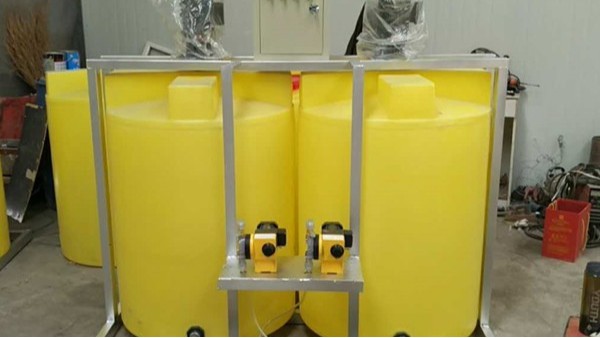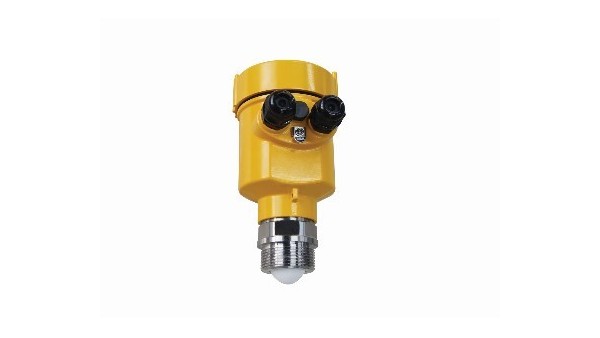In the pharmaceutical industry, accurate control of dosage is of great significance to ensure product quality and process stability. As the core part of the dosing system, the accurate measurement of the liquid level of the mixing box is directly related to the operating efficiency and safety of the entire system.
This article will introduce the characteristics of the liquid level in the mixing tank of the dosing system, and demonstrate the key application of radar level gauges in this process through practical cases.

Overview of the liquid level characteristics of the mixing tank of the dosing system: Dynamic changes: Due to continuous or intermittent dosing operations, the liquid level in the mixing tank will change frequently, which requires the liquid level meter to respond in real time and measure accurately.
Media complexity: The liquid in the mixing tank may contain a variety of chemicals, which may have an impact on the material and measuring principle of the level gauge. Foam and steam: During the dosing process, foam or steam is easily generated, which will interfere with traditional liquid level measurement methods.
Difficulty in cleaning and maintenance: Traditional liquid level gauges can face cleaning and maintenance challenges due to the corrosive or viscous nature of the media.

On an antibiotic production line in a pharmaceutical factory, active ingredients need to be mixed precisely into mixing tanks. Since the antibiotic preparation process has extremely strict requirements for liquid level control, any error may lead to the scrapping of the entire batch of products.
The factory previously used differential pressure level measurement technology, but this method had unstable measurement results when faced with viscous solutions and frequent foaming. To solve this problem, the plant introduced radar level gauges.
This device measures liquid level non-contactly using high-frequency microwave pulses and maintains high-precision measurements even in the presence of foam, steam or viscous media. Since the adoption of radar level gauges, not only has liquid level measurement become continuous and accurate, but production shutdowns and additional cleaning costs caused by equipment contamination have been avoided, significantly improving production efficiency and product quality.

With its advantages of high accuracy, non-contact, easy installation and maintenance, radar level gauge has shown great potential in the field of liquid level measurement in mixing tanks of dosing systems.
It can be seen from the case that the radar level gauge in the dosing system can provide reliable and accurate measurement results, help realize process automation and intelligence, and bring higher economic benefits and safety guarantee to industrial production.
